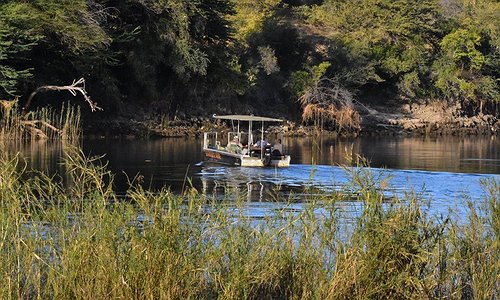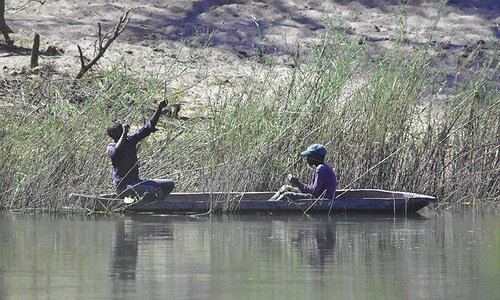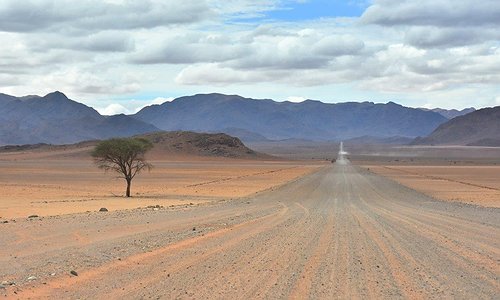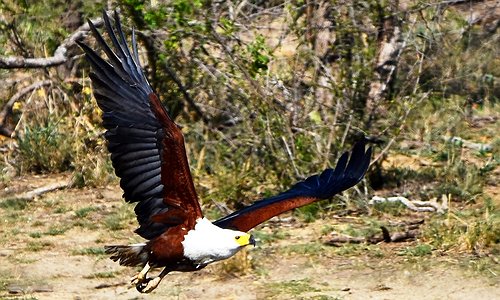Why the off-season Karoo is the best time to go slow and breathe deep

When the aloes bloom
The first aloes start to open in May, when the light thins and turns gold by late afternoon. Along the roadside, these stoic plants flare up like torches, red and orange and yellow against the pale stone. The flowering aloes draw sunbirds in flashes of green and purple, and the air is often still enough to hear their wings.
Travelling through the Karoo in late autumn means cooler days, softer skies, and fewer tourists. It is the season of clear views and long shadows. The heat has broken, but the cold has not yet arrived. Farmers speak of it as a working season. Travellers might call it a thinking season.
The quiet spell of early winter
By June, mornings carry the smell of ash and smoke from fires lit to warm the tiled kitchens of old Karoo houses. Thin frost clings to the grass in the early hours, but by midday, you may still walk in shirtsleeves. This is a time for coffee in stoep cafés, antique shops with creaking floors, and the slow joy of watching the day unfold without urgency.
In the veld, succulents swell with captured water and the ground is patched with lichens and mosses. There are days when the sky holds no cloud and the light seems too clean to be real. It is during these months that the silence of the Karoo becomes most apparent. It is not a lack, but a presence. A kind of stillness that reshapes your own breath.
Scent, dust, and low sun
By late July, the wind changes direction. It begins to lift the dry scent of restio, wild mint, and rubbed pelargonium. On the edge of farms, the dust carries the memory of rain that has not yet fallen. These winds do not howl. They whisper. At times they rise in little spirals and vanish again, leaving only a shimmer on the road.
The low sun during these months casts a bronze light over the land. Sheep trails and windmills become silhouettes. Old stone churches glow like embers at dusk. The Karoo is not only a place of visual beauty. It is tactile, olfactory, and auditory. It rewards slowness and observation.
A place for return
The off-season in the Karoo is not an absence of activity, but a quiet invitation. It is when guesthouses are emptier, shopkeepers have more time to talk, and the road stretches out without competition. This is the time to visit places like Nieu-Bethesda, Victoria West, or Matjiesfontein. Walk the dust paths of forgotten mission stations. Sit beneath a tree where owls nest. Taste the bitter edge of veld herbs carried on the wind.
To travel the Karoo during these less obvious months is to step into a landscape that refuses to be rushed. It offers no spectacle, only slow transformation. You may not leave with photographs of waterfalls or crowded markets. Instead, you carry the quietness back with you. The aloe’s bloom, the smell of warm dust. That is the Karoo’s gift in its secret seasons.




